A Day Trip on the Mission Road, Part 2
Sunday pleasure resorts like Woodward's Gardens made San Francisco's Mission District more family-friendly in the 1860s and 1870s.
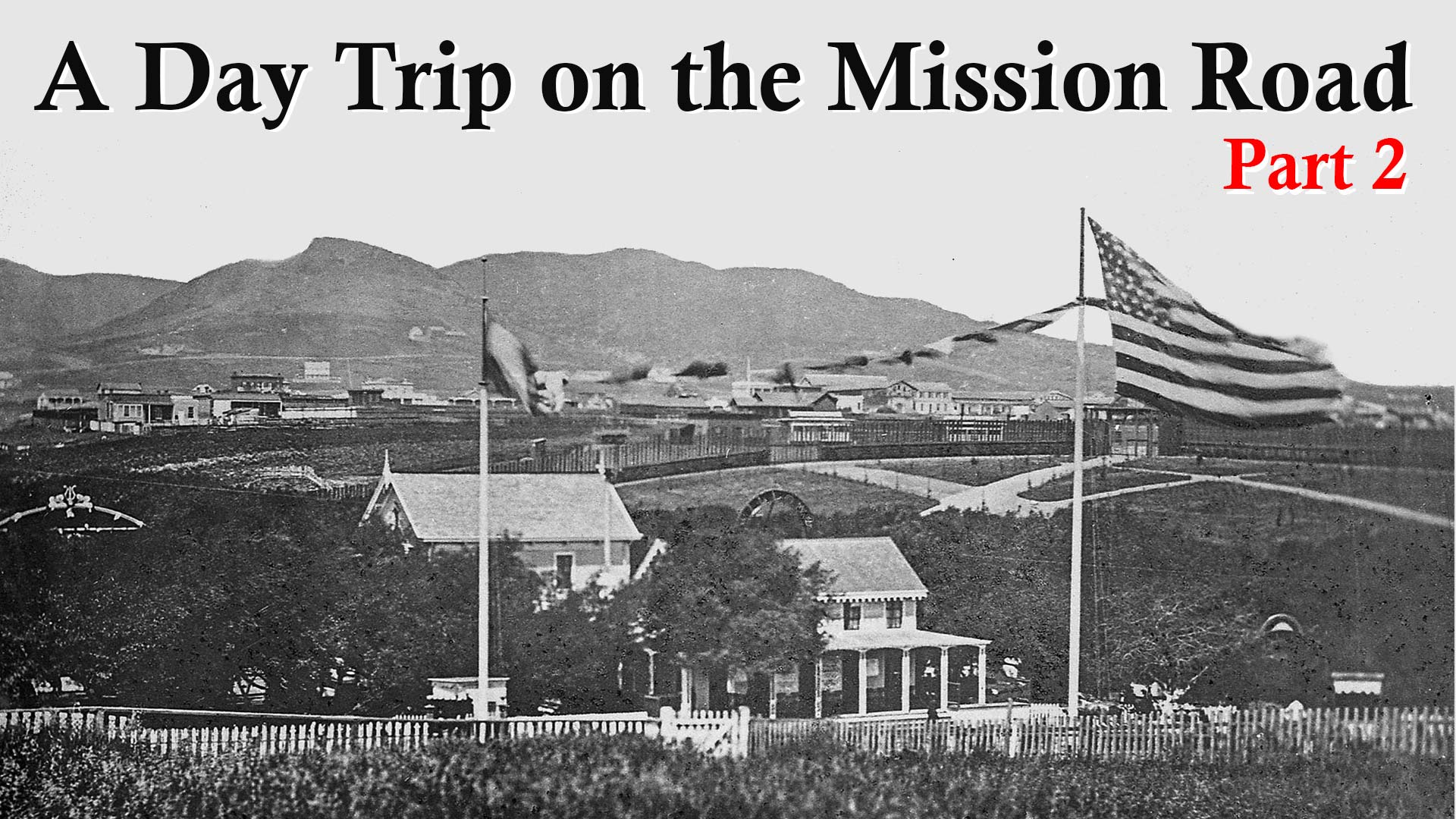
Last week we got our 1850s foundry worker from 1st and Mission Streets out to Mission Dolores for some recreation with the boys. There were essentially ten times more men than women in San Francisco's first decade, so he had little choice in the gender of his company.
But by the 1860s, the disparity of the sexes in the city's population began to narrow. So let's give our Vulcan a wife and even a couple of kids and see what the family can get up to in the 1860s and 1870s.
Remember that in the 1850s recreational offerings in the Mission reflected men's interests: drinking, gambling, and horse racing—a "sport" with a business model dependent on...drinking and gambling. Let's revisit one of our maps from last week, but zero in on the Mission Dolores area:
1858 US Coast Survey Map
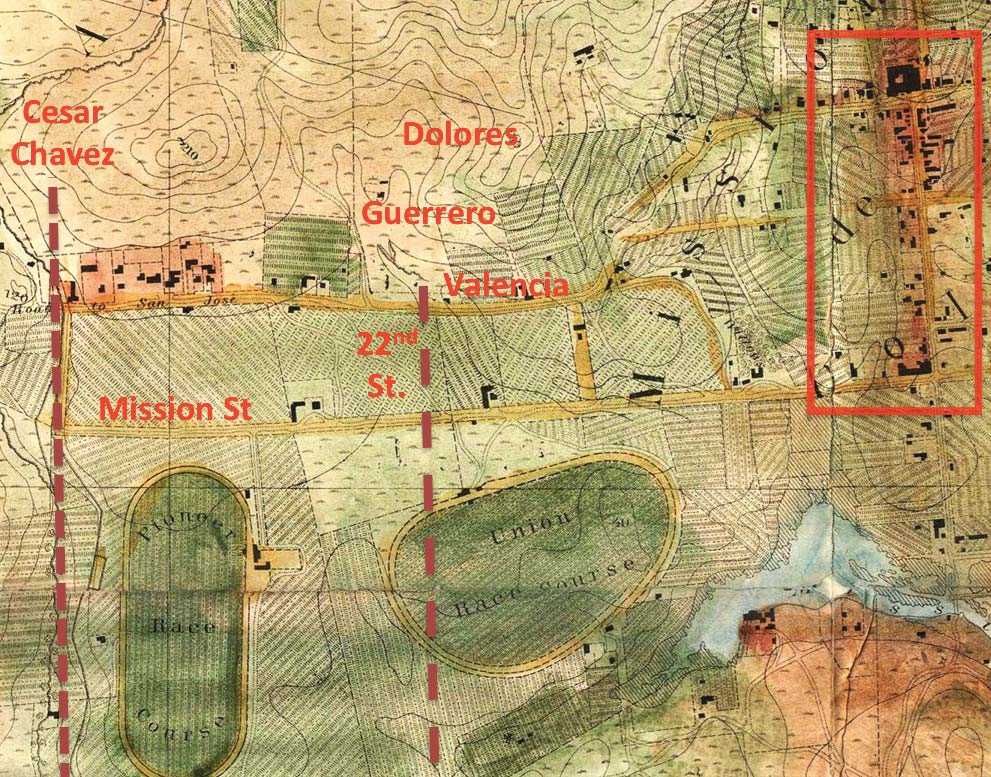
Here's a detail of the highly accurate 1858 US Coast Survey map, which I have marked all up to show you where some modern streets would fall today. West is at the top, north to the right.
My red box surrounds 16th Street, which you can see had become the Downtown Disney of the Mission District in the eight years of the Mission Plank Road's existence. Look at all those buildings! But instead of national brand eateries and shops selling Mickey Mouse plush toys, it's pretty much a line of bars. At the top is the Mission Church and the Mansion House; at bottom, anchoring the corner of Mission and today's 16th Street, is a place called the Nightengale.
Bill Shear ran the Nightengale, which was bar, restaurant, grocery, corner gambling den, hotel, and essentially the civic center of the Mission. The Nightengale hosted community meetings, concerts, lectures, and was also the neighborhood polling place for city elections.
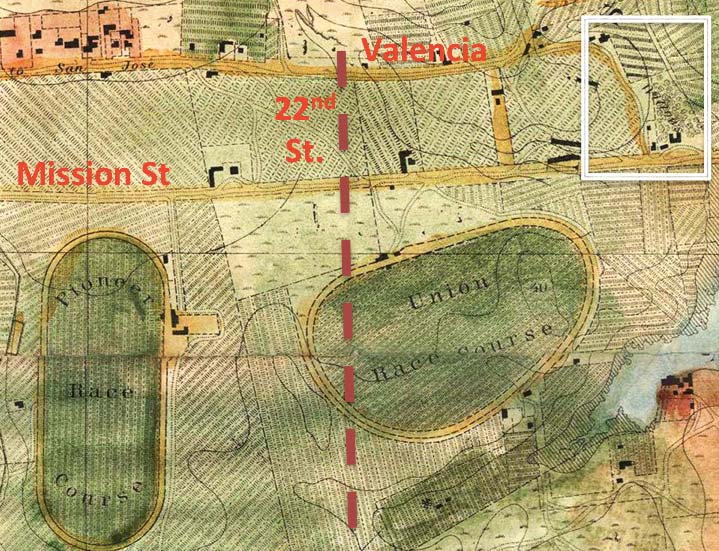
Shear also ran the Union Race Course, one of the two racetracks visible east of Mission Street. The Pioneer was run by the Treat Brothers, namesakes of today's Treat Street. But let us leave the 1858 map and move to a more genteel era, ushered in by the business within my white rectangle above, which if we zeroed in we'd see are described as "Willows."
The Willows, 1860s
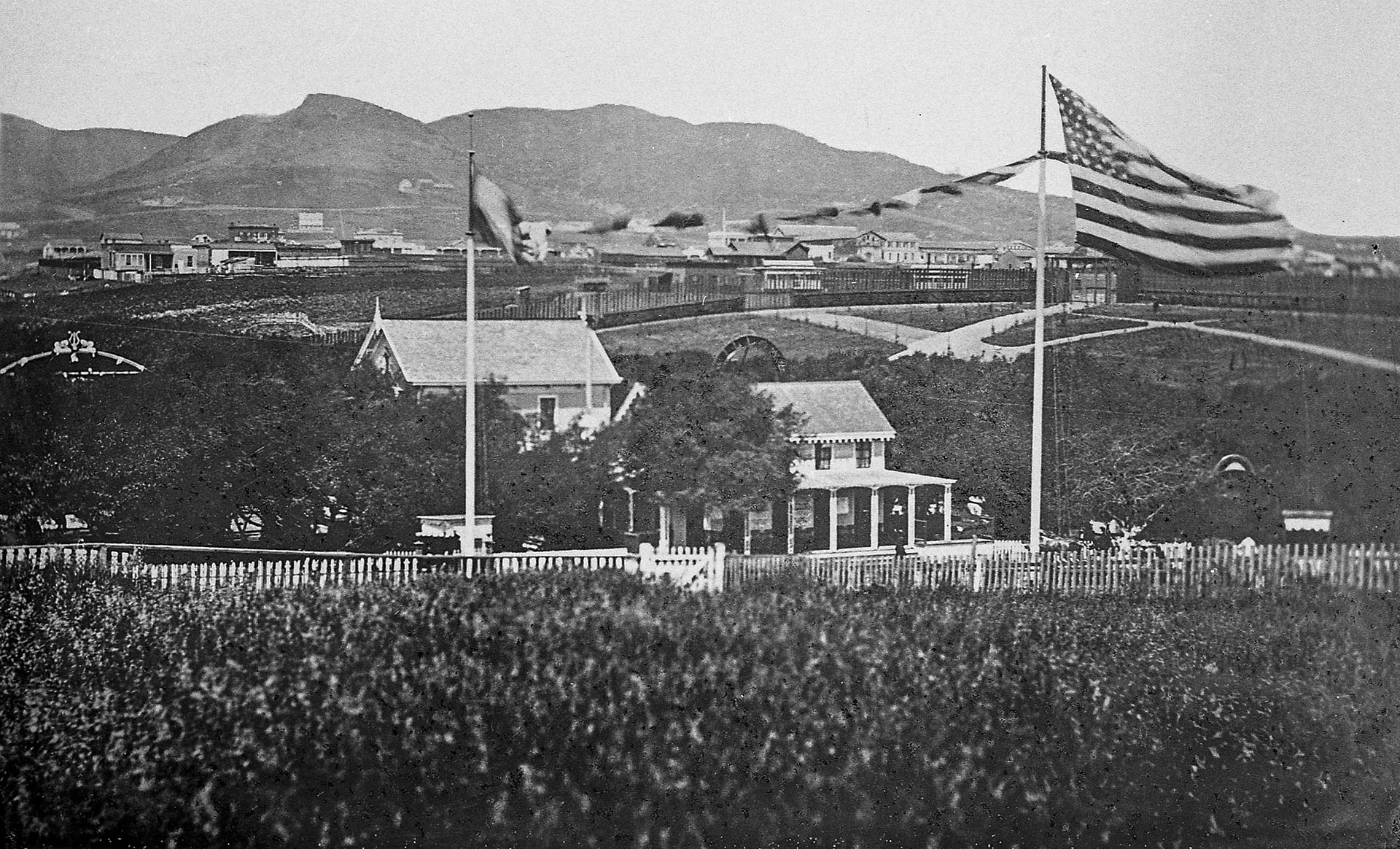
In the mid 1850s, James and Mary Sheppard homesteaded a little wooded depression between today's 17th and 19th, Mission and Valencia Streets, and began running it as a pleasure garden called “The Willows.”
The Willows offered “an asylum to all who are weary of brick and mortar, planking and pavements,” with picnic grounds, target shooting, bowling, sylvan walks for young lovers, fish chowder, and bands on Sundays. While it could occasionally get rough and tumble, the Willows was the Mission's first real entertainment option for “respectable” women and kids.
How did they pull off respectability? By excluding “all improper characters of both sexes from the grounds. None such are ever permitted to enter the enclosure. The place is thus rendered exceedingly attractive to families and ladies unaccompanied by gentlemen.” (Hmmm, it's starting to sound less fun somehow...)
The natural hollow featured actual willows, but it also became a seasonal lake during big storms. A massive flood in 1862 almost wiped The Willows out of existence when it was, in the words of one newspaper, “deeply submerged.”
About that time a more commodious form of public transportation was able to deliver our foundry-worker family members to their Sunday recreations:
California and Montgomery Streets, c. 1865
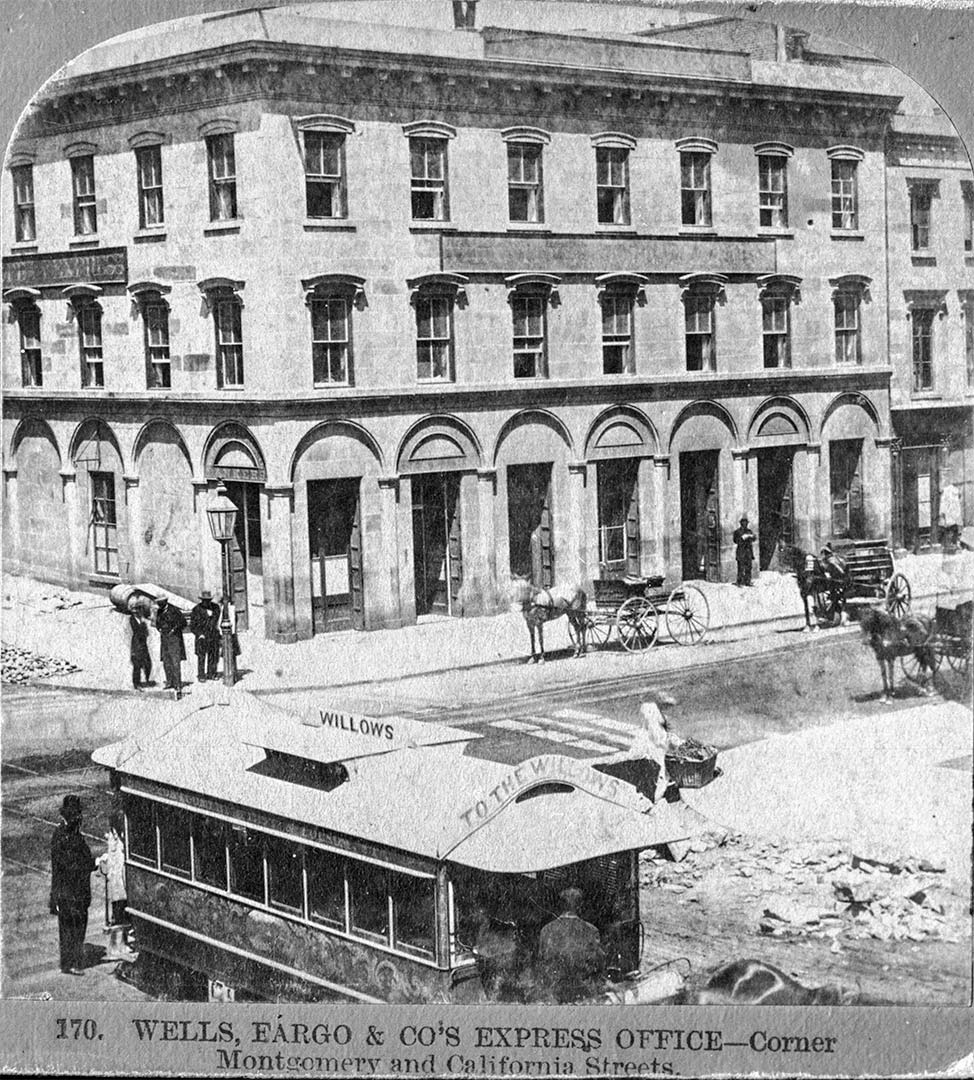
In the early 1860s, bumpy stagecoach omnibuses began giving way to horsecar lines. Above is a view to the northwest corner of Montgomery and California Street past a North Beach & Mission car headed for The Willows. While still powered by animal, the use of rails increased capacity and offered a smoother ride for passengers.
Companies claimed varying routes out South of Market streets. Below is a car headed back downtown on 3rd Street in front of the South Park housing development. (You can still stroll the South Park oval between 2nd, 3rd, Bryant, and Brannan Streets.)
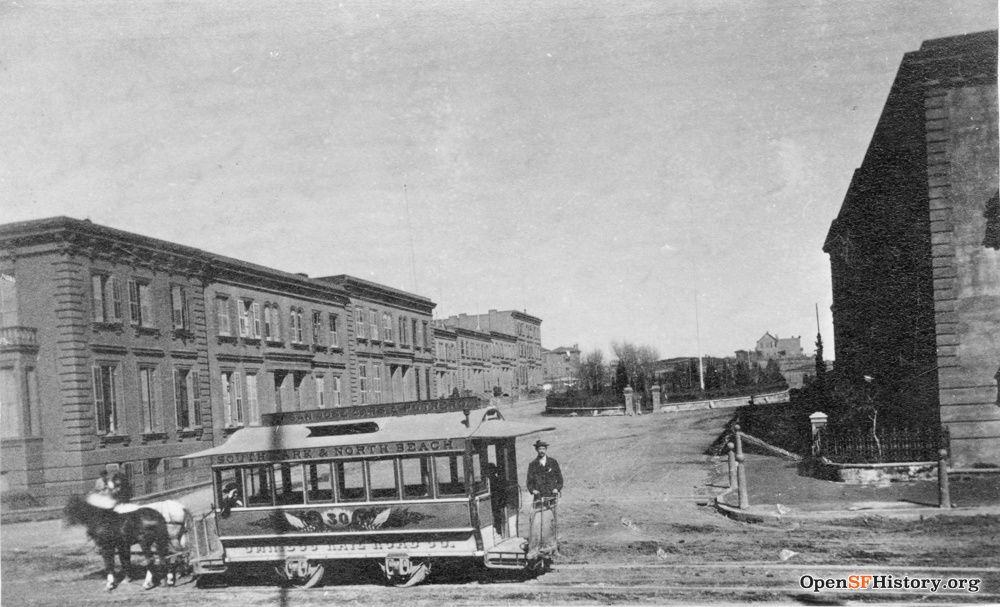
Competing horsecar lines soon connected to competing pleasure gardens. With improved transit options, places like Hayes Park (in Hayes Valley) and Harbor View (in today's Marina) began challenging the Mission District's recreational supremacy. But then the 900-pound gorilla of city resorts opened:
Woodward's Gardens
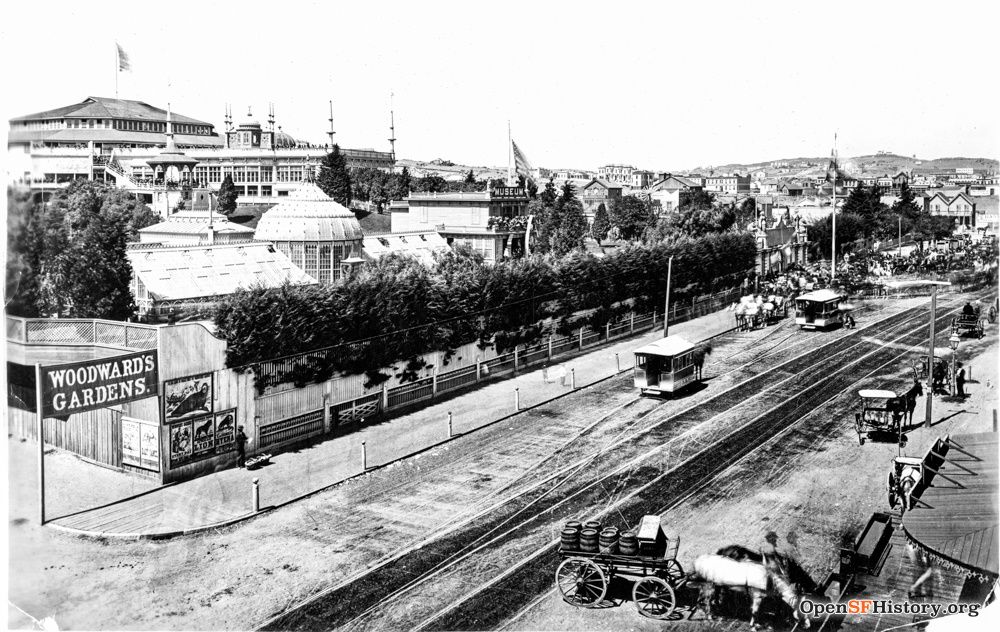
Robert Woodward, a notable temperance man, created on his estate at today’s 14th and Mission Streets his own public pleasure park with animals, gardens, statuary, fountains, and non-alcoholic refreshments. He even established his own horsecar line to get the folks there.
This was next-level pleasure garden compared to the Willows or Hayes Park. The grand entrance gate was topped by statues of flag-pole-bearing goddesses and bears. Inside, visitors had terraced gardens, a conservatory of exotic plants, Moorish towers, spires, and domes, and grand "Italian Steps" to climb:
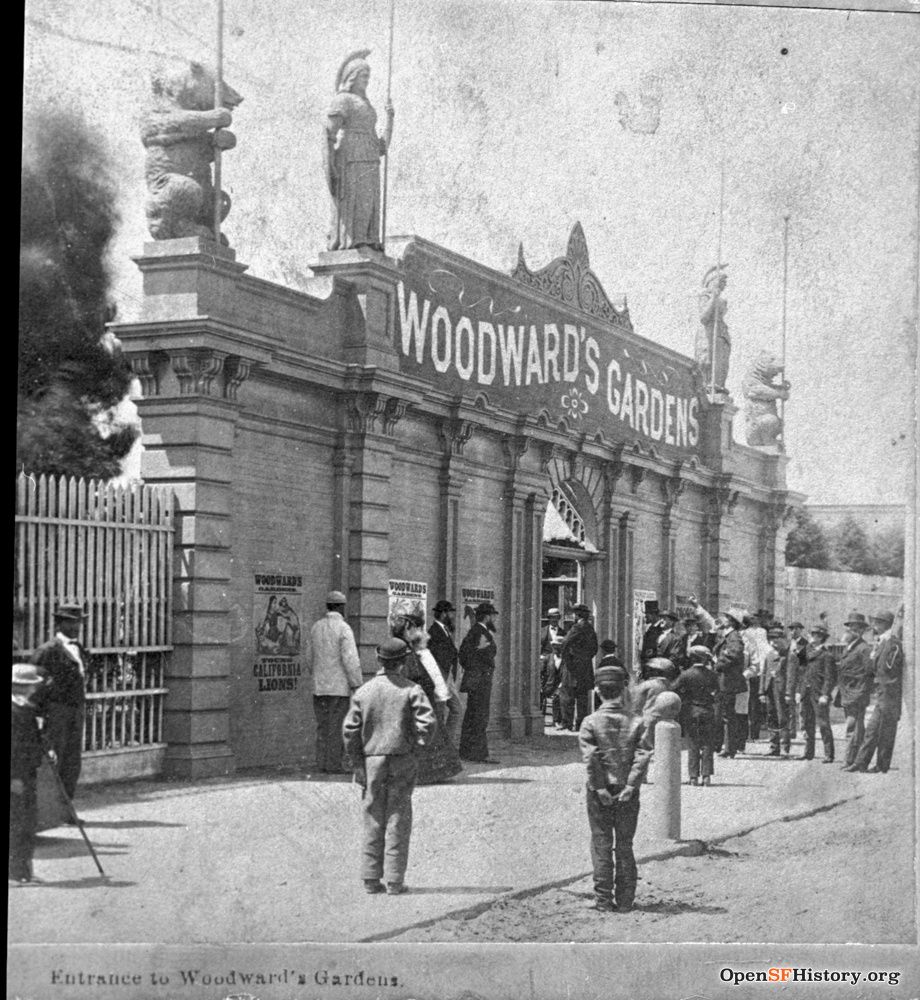
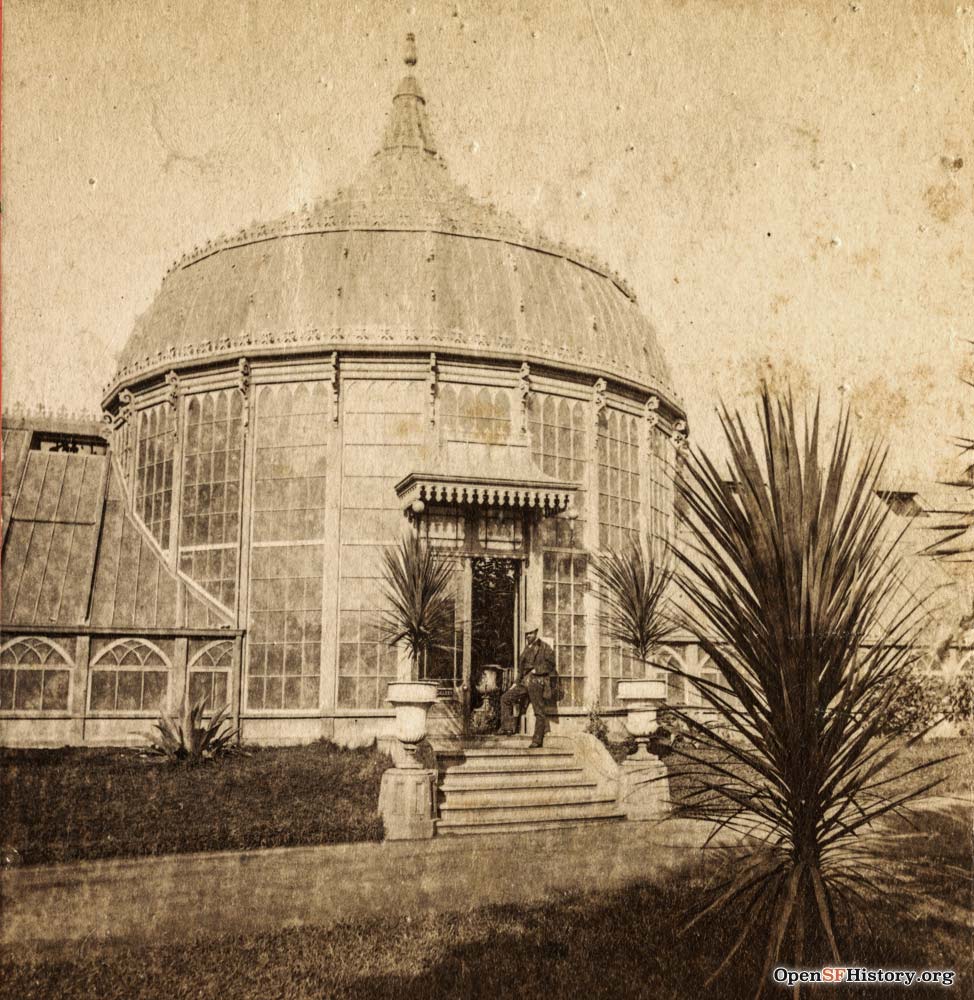
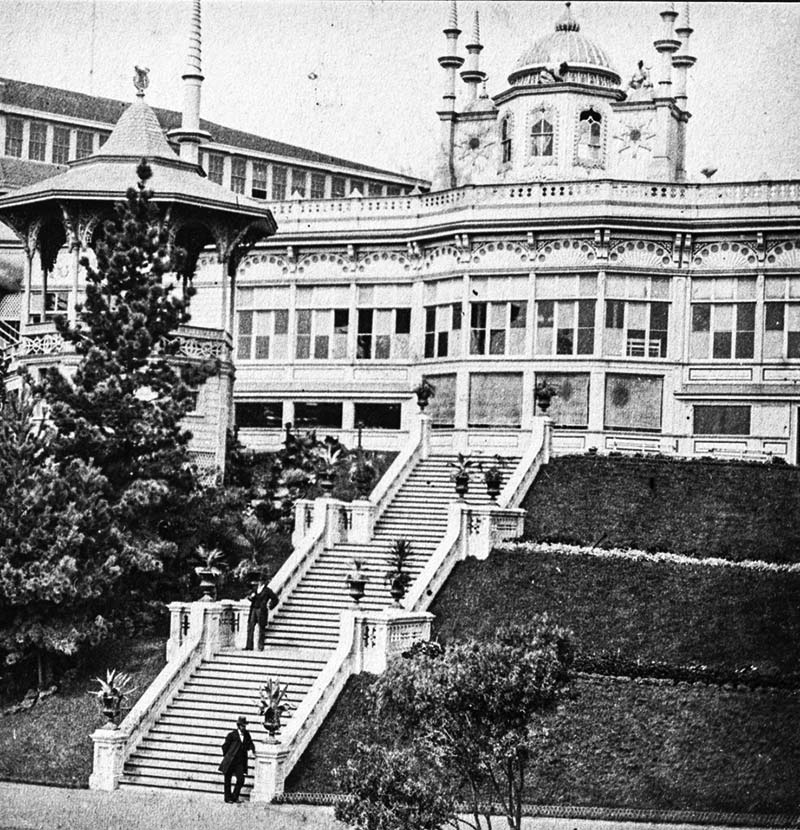
Some of the many images of Woodward's Gardens you can browse at OpenSFHistory.
Woodward turned his own house into a museum, where children could be stupefied and edified.

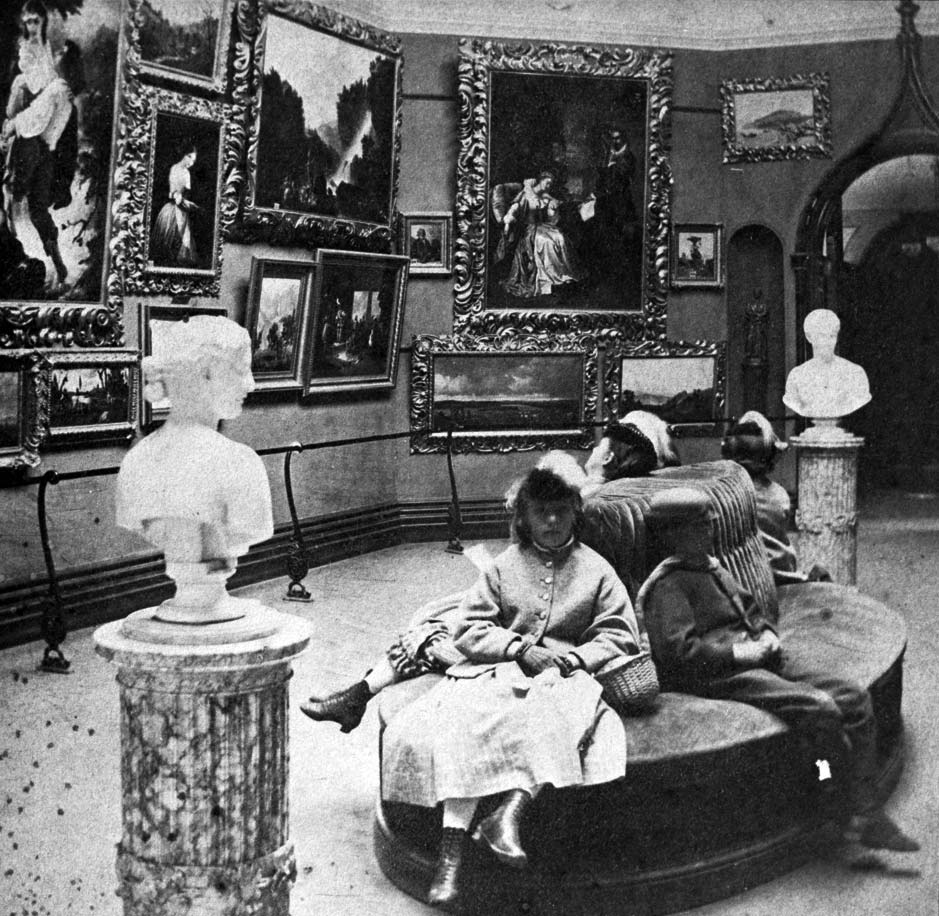
If the kids escaped the plush settees they could gawk at sea lions and grizzly bears:

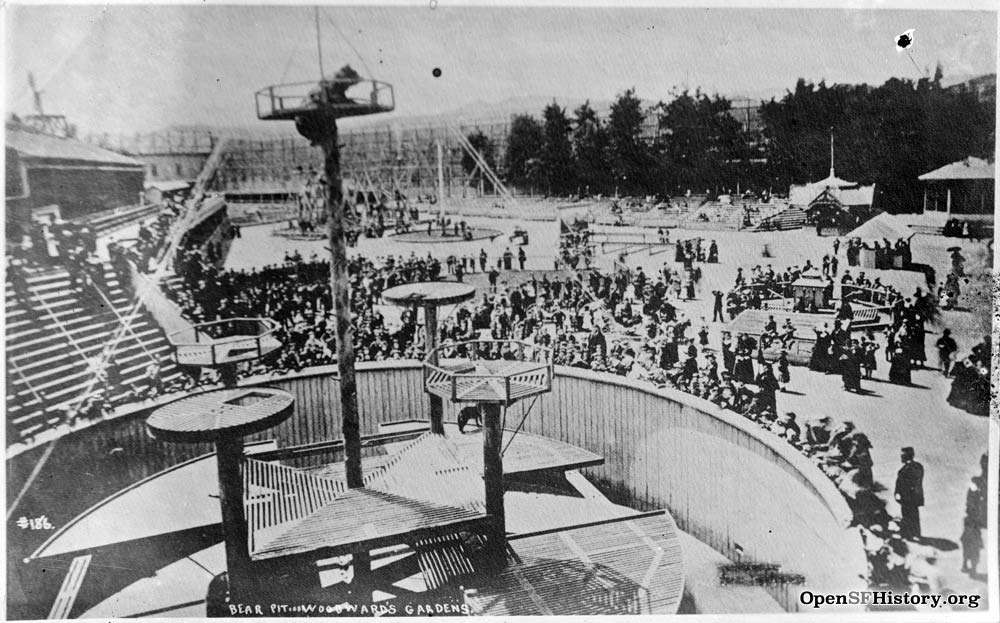
Or could ride in boats or upon camels or just roll down a grassy hill (as you can see by the blurs on the right side of one of the photos below).
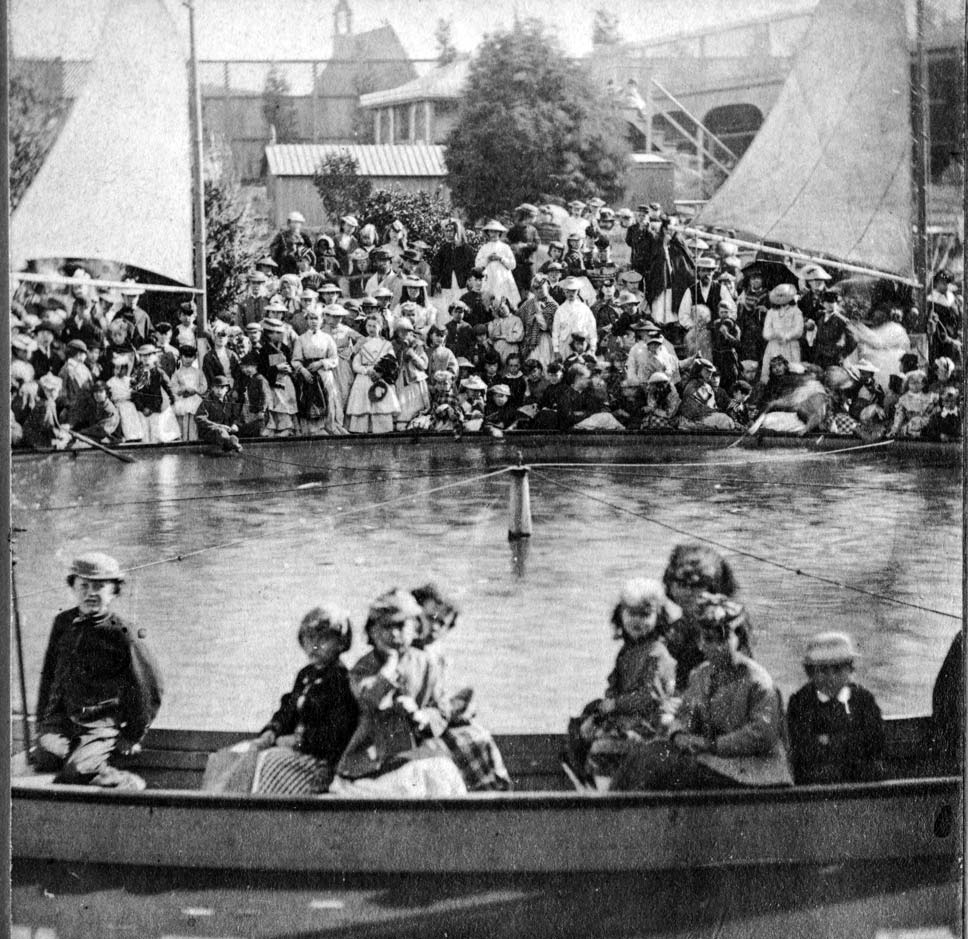
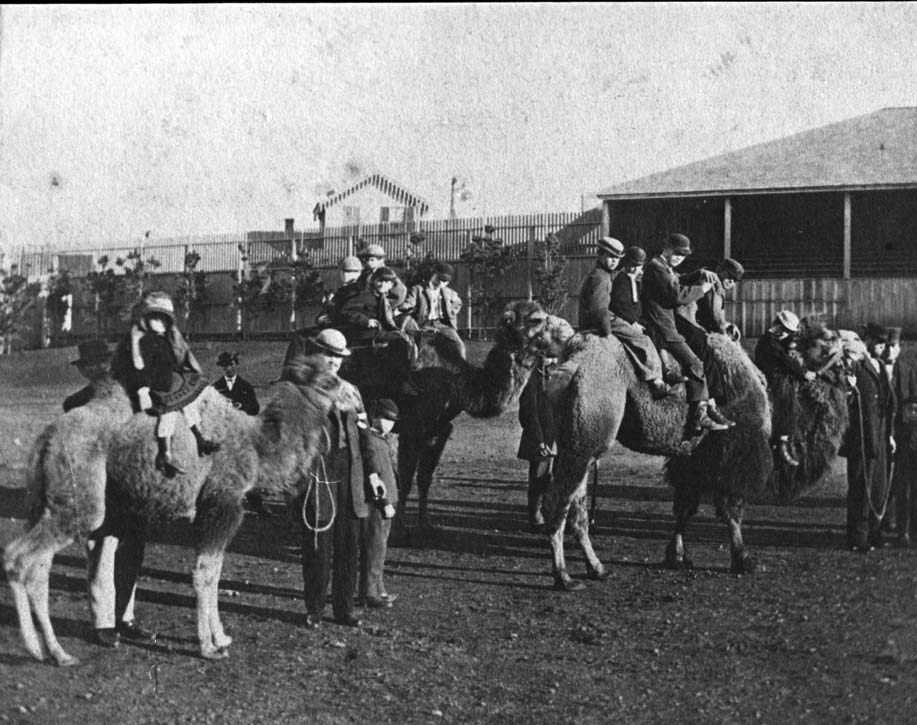
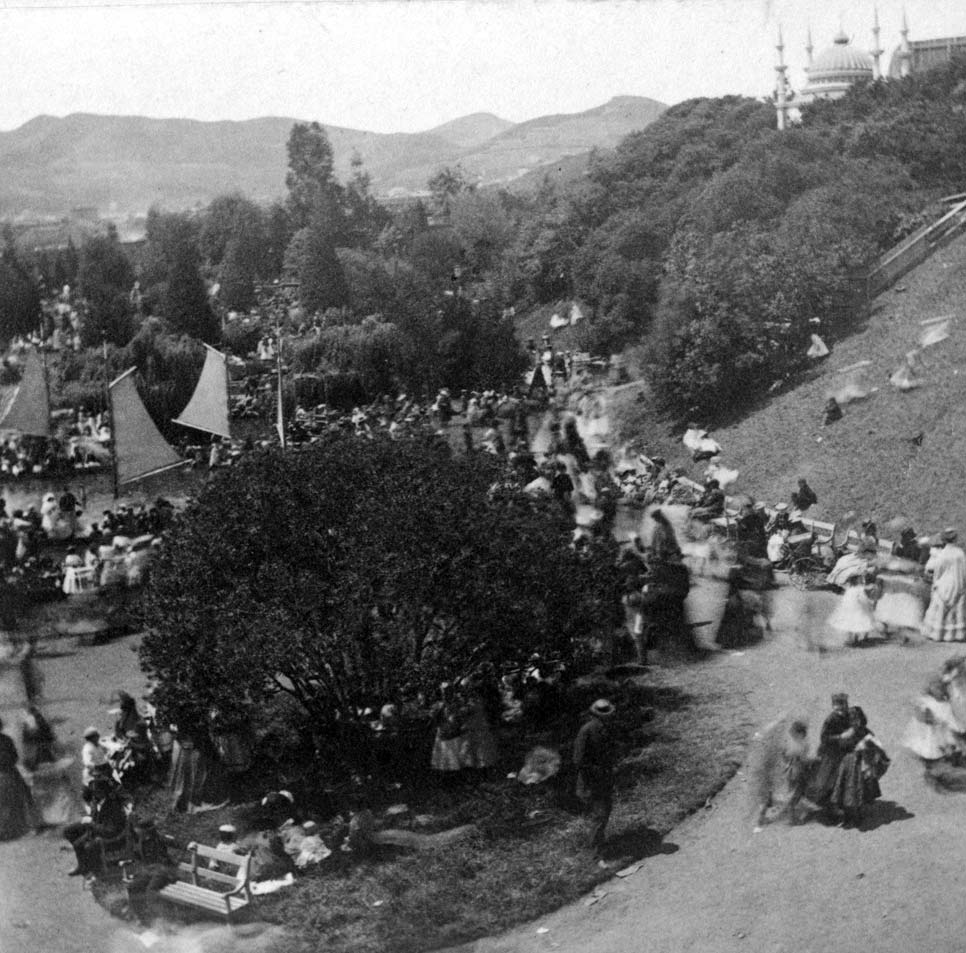
And there was always weekly entertainment and spectacle to draw the crowds, from a headless rooster...
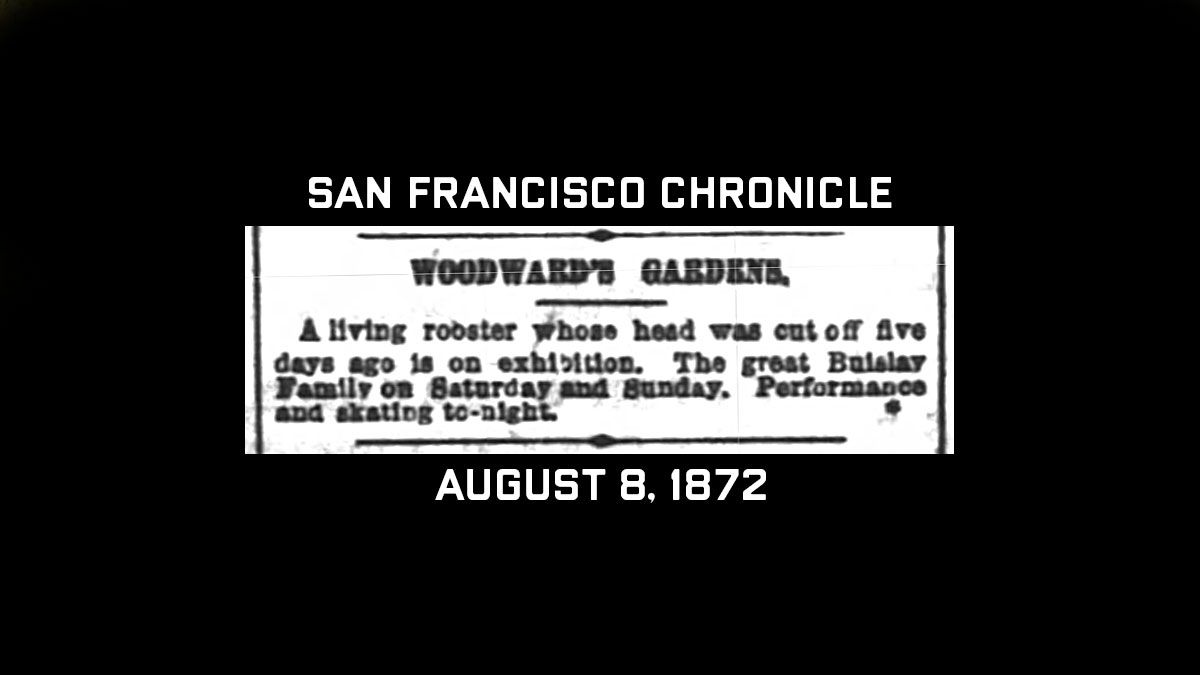
...to Sunday balloon ascensions.
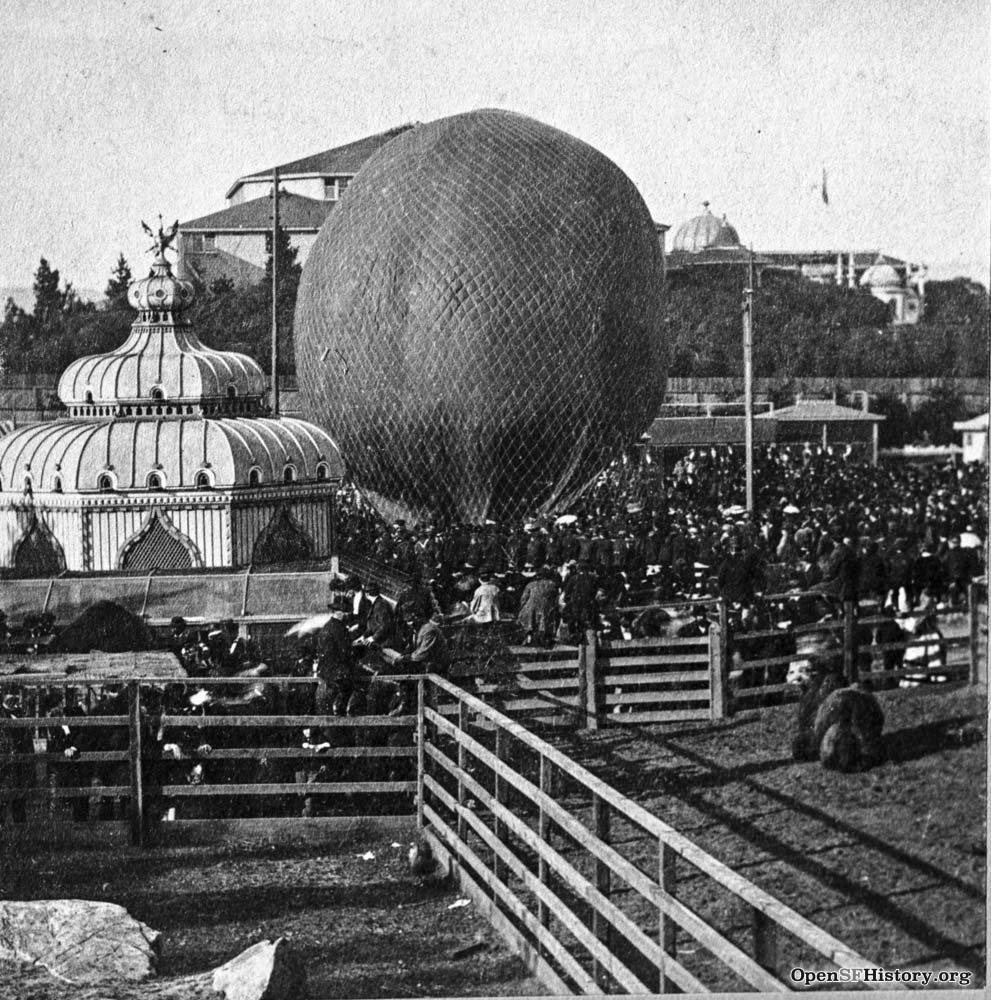
Often the balloon wouldn't ascend, or blew up, and if it did get airborne sometimes refused to come down until the pilot was over the East Bay or Central Valley. (These aeronautic misadventures need their own San Francisco Story.)
Woodward's Gardens ruled as the Sunday get-away destination through most of the 1870s, but soon working-class families had a more economical retreat from gritty urban streets. Our foundry worker has had his fun and made his memories. By the 1880s his kids are grown and instead are spending their Sundays at:
Golden Gate Park
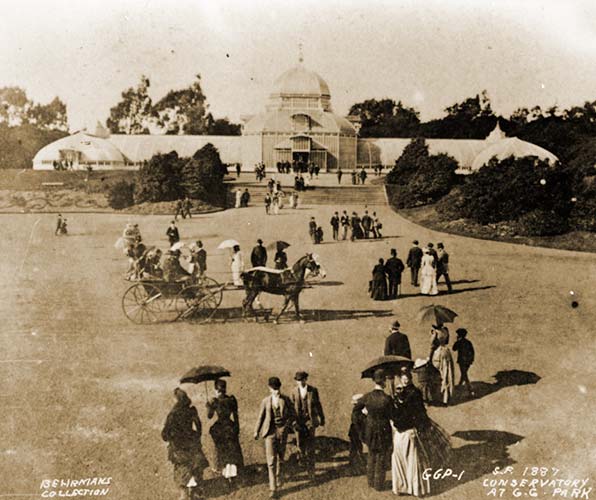
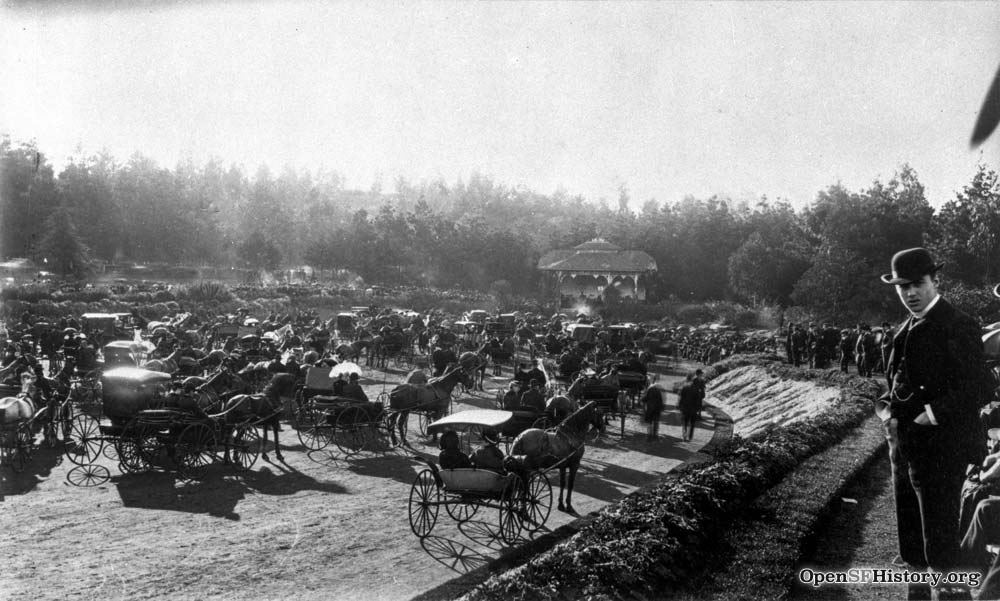
Golden Gate Park was established in 1870, but it took a good decade to develop into the city's sylvan refuge for picnics, pleasure drives, and Sunday concerts. The park's free and well-maintained roads also helped usher crowds to Ocean Beach, which became the city's primary amusement zone by the 1890s.
The Mission's pleasure gardens closed one by one to be subdivided into housing and light industry. Auctions of all the bric-a-brac at Woodward's Gardens took place in the early 1890s and the big buyer was Adolph Sutro, who used much of what he purchased to fill his Sutro Baths when it opened in 1894.
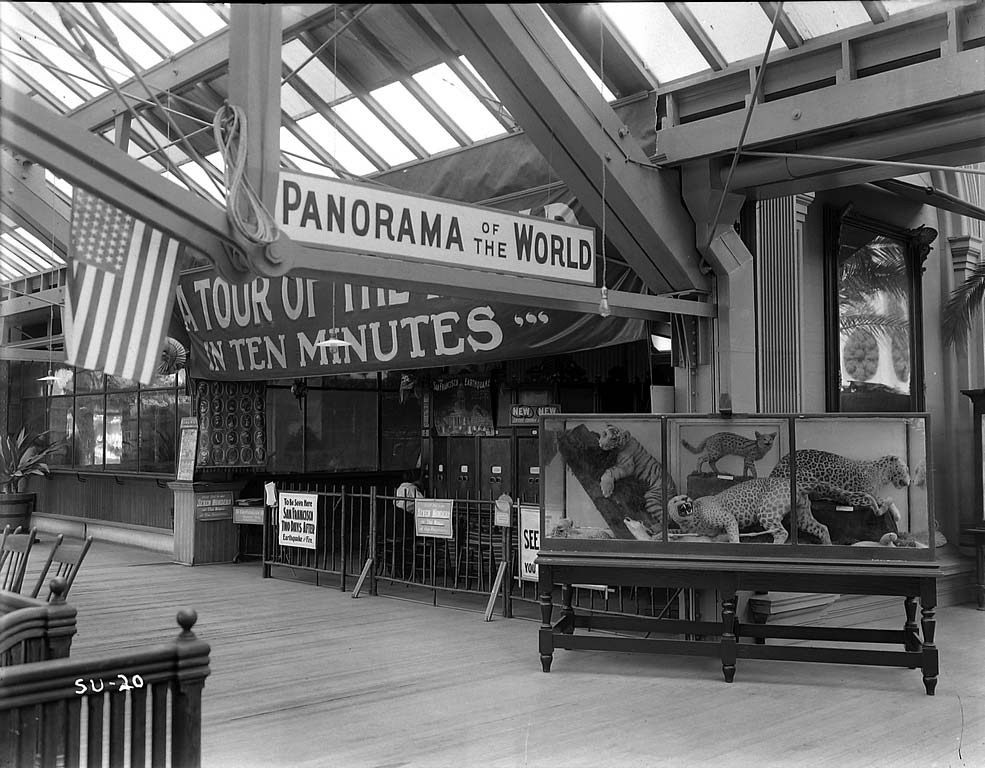
Want more roadhouse and pleasure garden talk? Below is a recording of the talk I gave for the San Francisco History Association on October 22, 2022, which covers the Mission Road story with more detail, images, and animations:
SFHA talk. Don't worry, the slides get bigger a couple of minutes in!
That's it! I'll see the Friends next week with the Grab Bag email.

